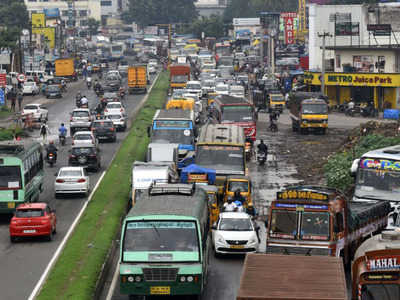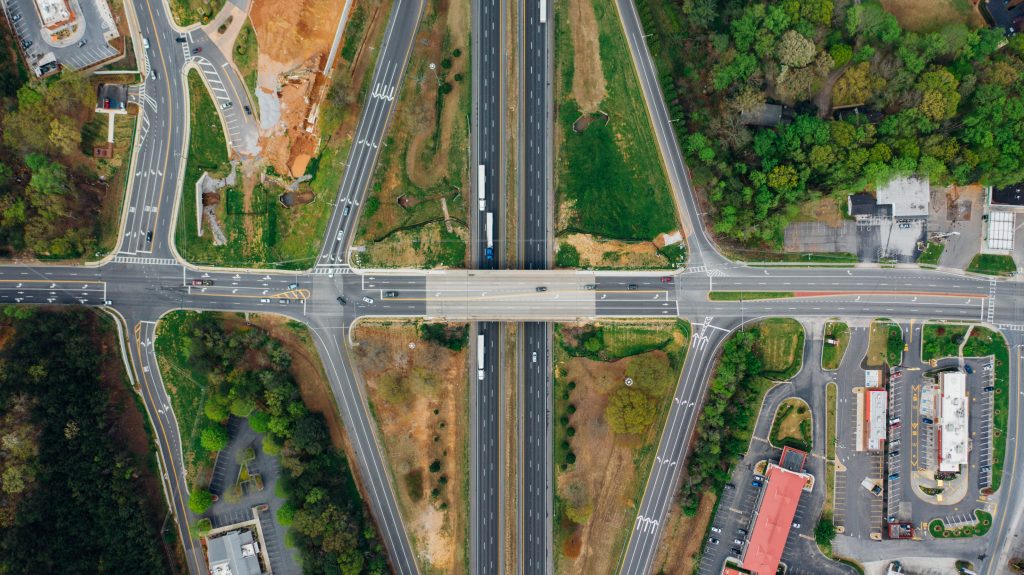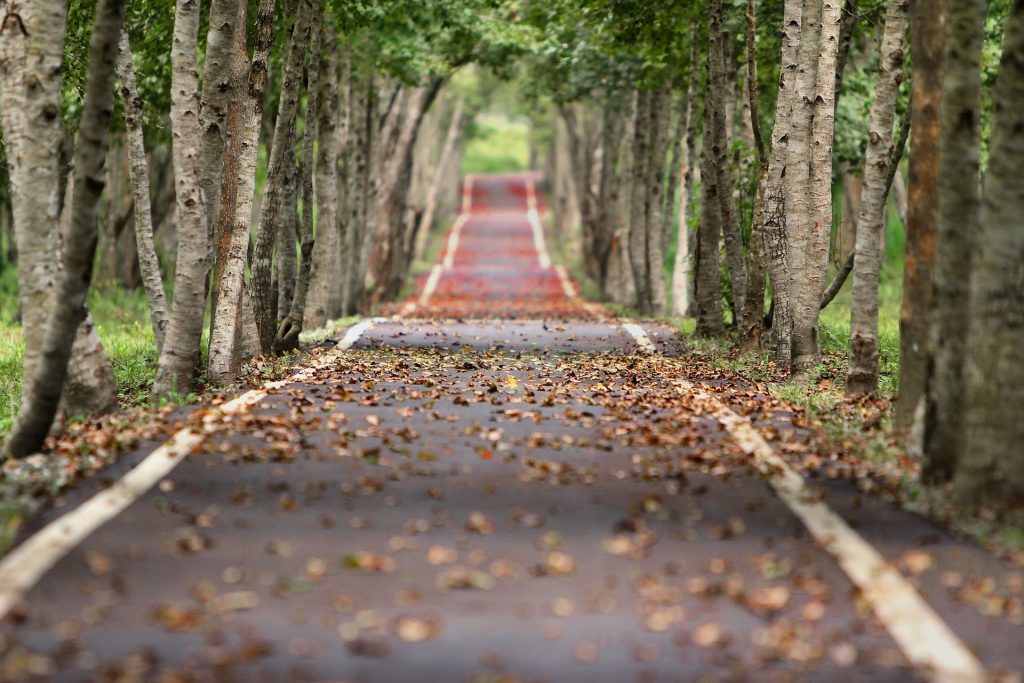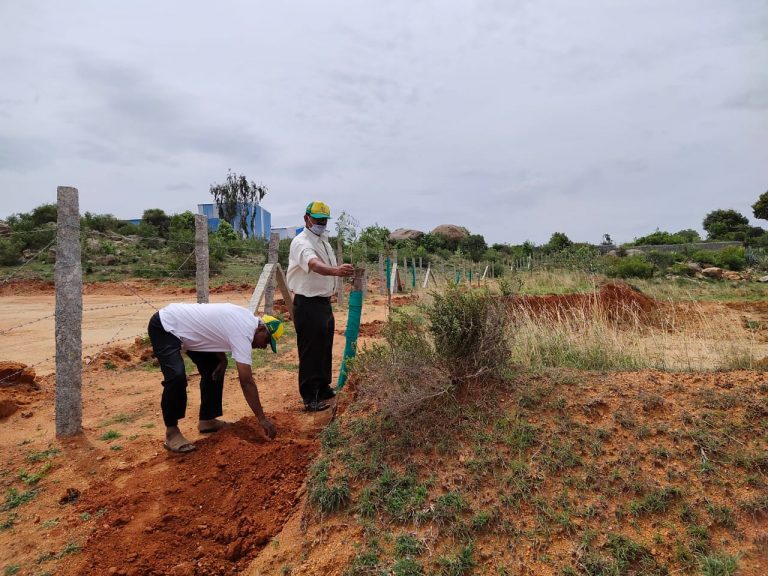Chennai is getting warmer every day


Since 1945, the Daily Maximum Temperatures have increased by 3℃. As Chennai becomes a concrete jungle, the city is developing heat pockets or islands where the average temperatures are higher than nearby areas. It comes as no surprise that burgeoning use of vehicles, air-conditioning, industries are exacerbating the problem.
Rapid urbanization, pollution, and loss of green cover mean we will have more hot days with the mercury soaring over the 40℃ frequently, increasing the occurrence of excessive rains/drought.
Regreening the city by building native urban forest ecosystems has been proven to reduce mean temperatures, improve air quality, provide better stormwater management while also positively impacting the mental health of the people in and around.
Urban Forests - A gift that keeps on giving




UWC aims to create at least 100 acres of native urban forests in and around the city using the Miyawaki method. Pioneered by Akira Miyawaki in the 1970s, the method involves planting many different native species of trees and plants in a small area, mimicking the way a natural forest develops thus creating a dense, biologically diverse, replicable ‘urban forest’. For example, approximately 14,000 trees will be planted in 1 acre of land which would consist of 110 different species of native trees.
One acre of forest can sequester about 3.5 tons of carbon annually. While young trees absorb CO2 at a rate of 18 pounds per tree each year, at their most productive stage, which is achieved in a decade, these trees are estimated to absorb 48 pounds of CO2 per year.
While natural forests take 300-500 years to develop, the Miyawaki method accelerates ecological healing and produces urban forests in just 20 years!
Creating 100-acre ‘Green Lungs’






United Way Chennai works closely with the Greater Chennai Corporation to identify unused land in the city, which can be transformed into urban forests. Our empanelled vendors comprise technical experts in the environment space who have helped us implement waterbody rejuvenation programs and have executed close to 20+ Miyawaki plantations in Bangalore and Hyderabad as well. Apart from this, they have developed several different types of theme parks, gardens, butterfly gardens, herbal gardens, sacred gardens, and several hectares of forests.
Soil sample extraction and Soil Testing: Once UWC has identified the area to be transformed, the first step is to test the soil to assess the soil type and subtype, determine the water retention and water perforation capacity.
Earth making and mound making: Next, we prepare the earth section by section in the range of 50 to 150 square meters for creating one massive mound for all saplings and mix the biomass alternately with the soil in a specific ratio.
Design and Planting: Finally, we decide on the natives species across categories such as Trees, Subtrees, Shrub, and Canopy Trees that will be planted alternatively to create a multi-layered forest.
Upkeep & maintenance: We entrust a few select members of the community to maintain the forests and monitor the progress.

